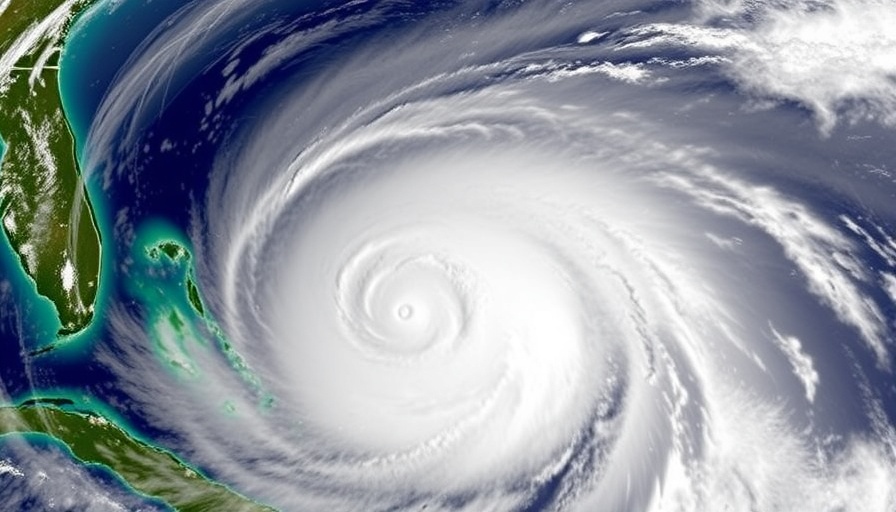
Critical Loss in Weather Data: A New Challenge for Hurricane Forecasting
As the hurricane season intensifies, an alarming announcement from the Department of Defense leaves meteorologists and scientists grappling with a sudden loss of crucial satellite data. The decision to halt the Defense Meteorological Satellite Program (DMSP) will have profound implications for hurricane forecasting—potentially pushing it back decades. This steep cut to a key atmospheric data collection program, effective by the end of June 2025, has led numerous experts to express concerns about its ramifications just as storm systems are beginning to develop.
The Unique Role of DMSP Satellites
The DMSP satellites are vital for monitoring atmospheric conditions, especially with their ability to provide high-resolution imaging of developing storms. According to Allison Wing, a hurricane researcher at Florida State University, these satellites allow scientists to peer inside storm systems and gather critical data. This capability is unparalleled, as few other US programs can replace the unique data provided by DMSP. As Wing articulates, the inability to observe storms accurately could lead to devastating surprises whenever a hurricane forms.
Irreplaceable Contributions to Climate Research
Beyond hurricane monitoring, the DMSP program has been essential in tracking changes to polar regions, continuously assessing fluctuations in Arctic and Antarctic sea ice. Carlos Moffat, an oceanographer from the University of Delaware, points out that these areas are among the fastest-changing ecosystems on our planet. The loss of DMSP data means “blinding ourselves” to critical environmental shifts that influence and disrupt global climate patterns.
Concerns Amid Increasing Hurricane Activity
This year’s hurricane season is predicted to be more intense, raising an urgent question: How will meteorological services adapt without this crucial data? The National Oceanic and Atmospheric Administration (NOAA) reassured scientists that the quality of forecasting would not be affected, but many researchers are skeptical. With hurricanes becoming more frequent and intense due to climate change, snippets of knowledge gleaned from DMSP could have significant implications for public safety and preparedness.
A Call for Action: The Need for Sustainable Solutions
As we confront the potential repercussions of the DMSP data loss, it's crucial to advocate for more sustainable initiatives in climate science. There’s a pressing need for technological innovation and investment in research programs that can fill the void left by DMSP. Developing new satellite systems or enhancing existing ones could provide the critical insights needed to combat the forthcoming challenges posed by climate change.
Final Thoughts
The timing of this development is particularly concerning. As hurricanes loom on the horizon, it’s more important than ever for communities, scientists, and policymakers to collaborate in finding solutions. By facing this challenge head-on, we can ensure sustainable data collection practices that support our resilience against climate disasters.
Stay informed about evolving threats from climate phenomena and the steps we can take to better navigate them. Together, through community action and innovative solutions, we can confront the challenges that climate change poses to our safety and wellbeing.
 Add Row
Add Row  Add
Add 





Write A Comment